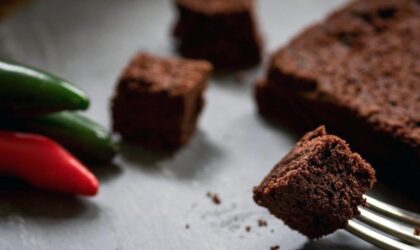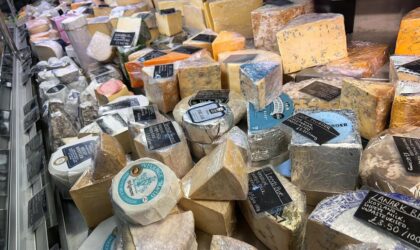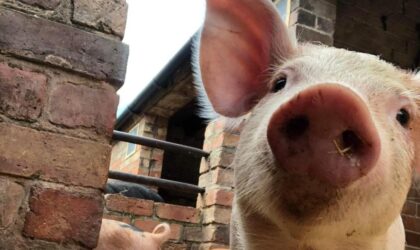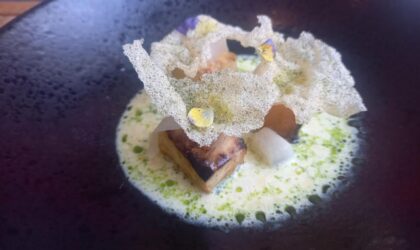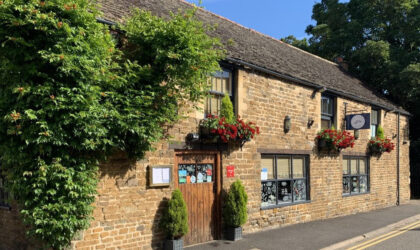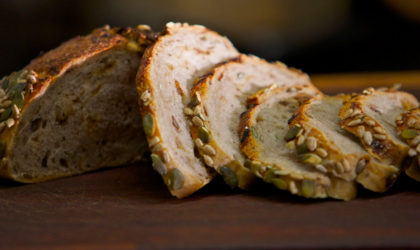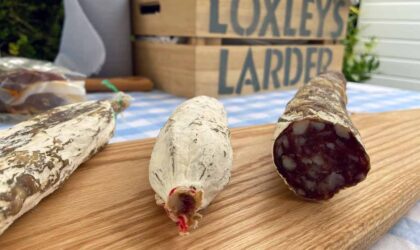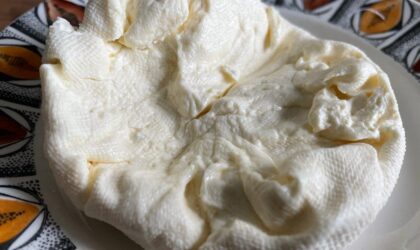How to make Colwick cheese
Colwick is a soft, fresh cheese from Colwick in Notts. It hadn’t been made commercially for decades but was suddenly reborn in 2014 when Belvoir Ridge Creamery of Eastwell, Leics revived it. Soon after, Jamie Oliver championed it on the telly. But in 2018, when Jane and Alan from Belvoir Ridge Creamery retired, Colwick production ceased.
However, thanks to this recipe from Rennet & Rind (which students make on Rennet & Rind’s excellent Academy of Cheese course), you can make Colwick at home.

Perry from Rennet & Rind says: “Making Colwick is a simple enough method, involving the ladling of uncut curd into a cloth-lined mould. The cloth, folded over as the curd drains, produces an unusual concave centre in the cheese. Colwick is intended to be eaten fresh, but historically it was sometimes ripened for a few days in a warm room, allowing yeast to grow on the surface. The cheese has a satisfying acidic, curdy quality and a clean mild flavour.”
Here’s the recipe.
INGREDIENTS
• Fresh pasteurised whole cow’s milk – 700ml
• Starter culture Flora Danica – 1gm (1/3d of tsp)
• Rennet – 1 drop (0.2ml)
• Salt – pinch
EQUIPMENT
Induction hob
Saucepan
Thermometer
Wooden spoon
Plastic bowl
Cheesecloth
Colander
Cheese mould
MAKE TIME
Coagulation time: 2 hours
Draining time: 13-25 hours
METHOD
1: Pour the milk into the pan and gently warm to 35-38 °C, stirring continuously with a wooden spoon.
2: Take off the heat and add the starter culture to the milk and stir. Leave to stand for 1 hour, stirring occasionally to stop the cream from rising to the surface.
3: Add the rennet and stir thoroughly for 1 minute.
4: Leave the curd, undisturbed, for 1 hour. The first signs of coagulation should be noticeable after about 10 minutes, however the curd should be left to harden for 50 minutes more.
5: Line the colander with the cheesecloth.
6: After 1 hour, ladle the uncut curd, one scoopful at a time, into the cloth-lined colander.
7: Leave to drain in a warm room of at least 21°C for 1 hour, after which time the curds should have shrunk in the colander.
8: Fold in the edges of the cheesecloth to release any curd that may be stuck to it and gather together three of the corners of the cheesecloth in one hand, taking care not to damage the curd, and tuck the fourth corner underneath the loop that is formed. This is called a ‘Stilton Knot’. Pull the knot tight to secure the bundle of curd.
9: Continue to drain the cheese for 12-24 hours. Do not turn them during drainage. The knot can be re-tied taking care not to damage the soft cheese, however, don’t re-tie too often as this can result in a dry cheese.
10: Test the pH periodically during the drainage time; it should be below 5.00 when the Colwick is unmoulded.
11: Sprinkle the salt evenly over the surface.
Eat and enjoy!











